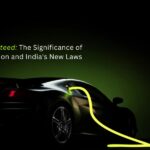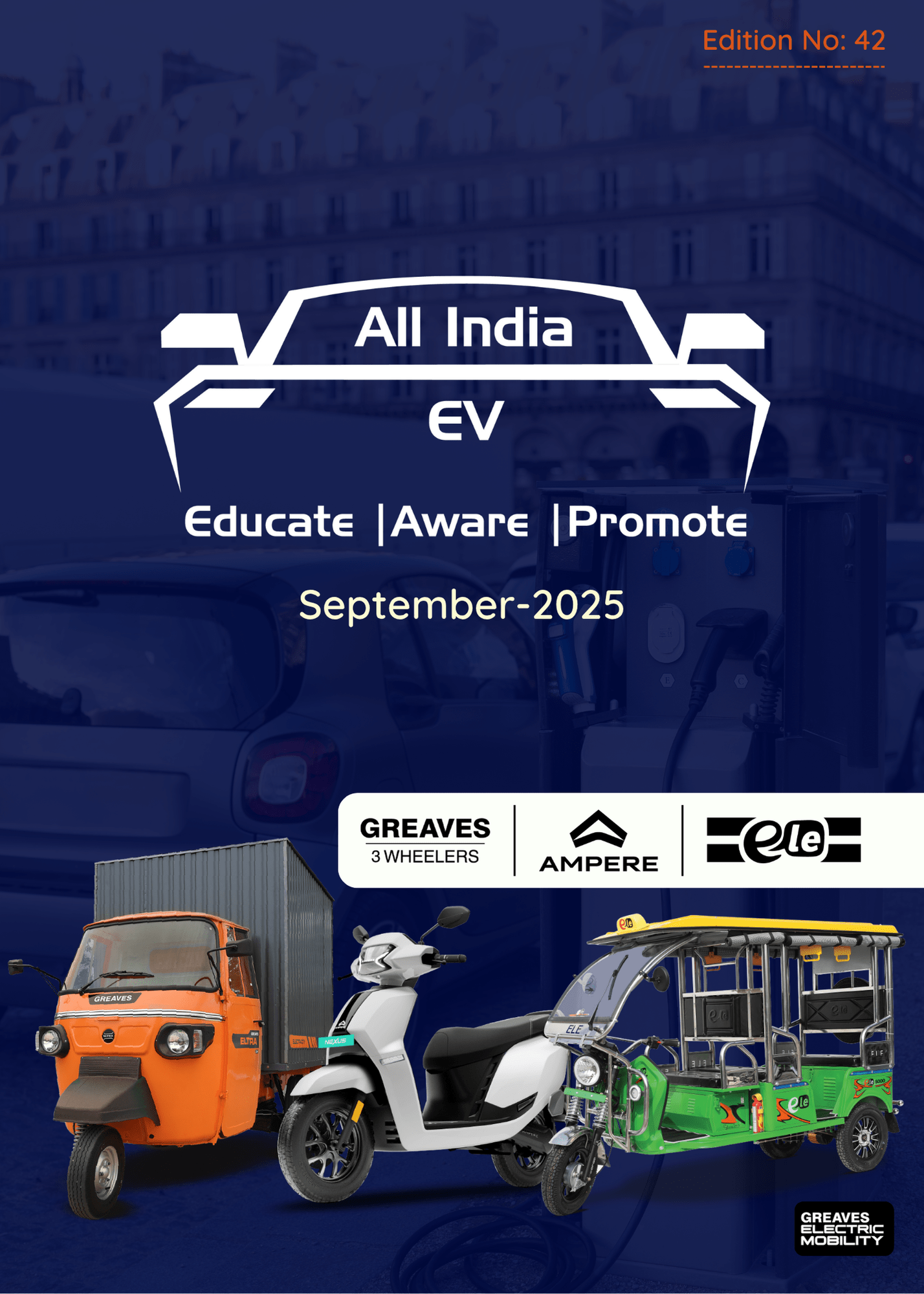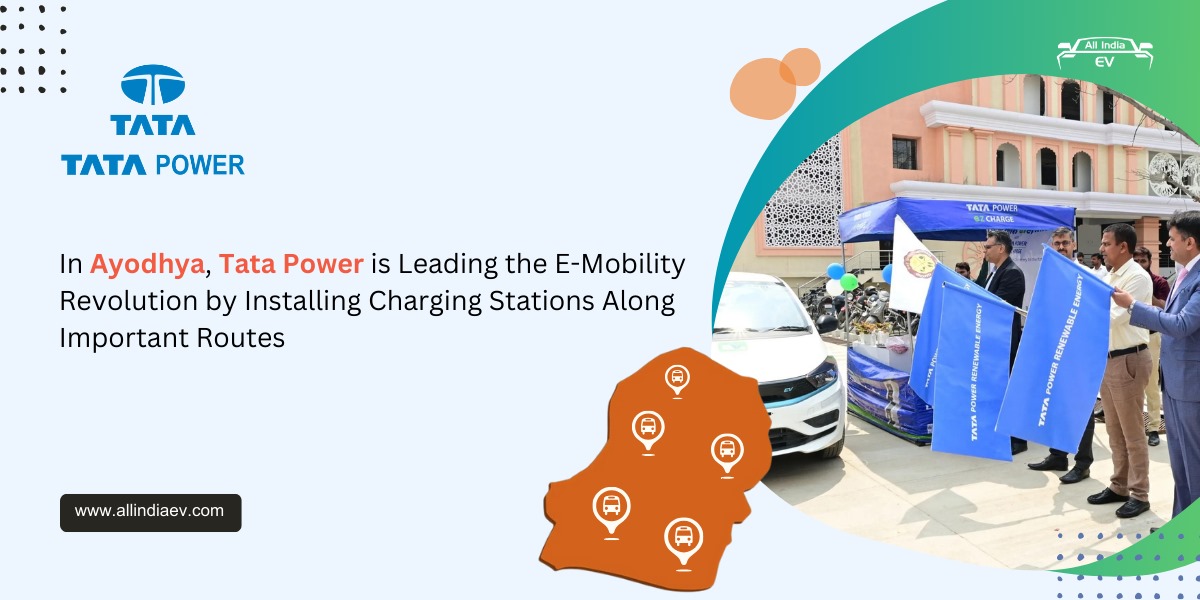
Indian Oil Marketing Companies added 10,000+ EV charging stations in FY25
In a big boost to India’s electric vehicle (EV) infrastructure, the country’s top Oil Marketing Companies (OMCs) — Indian Oil Corporation Ltd (IOCL), Bharat Petroleum Corporation Ltd (BPCL), and Hindustan Petroleum Corporation Ltd (HPCL) — have added over 10,000 new EV charging stations (EVCS) in the first 11 months of FY2024-25.
With this expansion, the total number of EV charging stations at OMC retail outlets has jumped to a whopping 25,852 as of March 1, 2025 — a major leap from previous years and a clear sign that India’s public charging ecosystem is gaining momentum.
Highlights of the Rollout:
- Indian Oil alone accounts for over 50% of the EVCS installed by OMCs.
- 5,817 stations were developed under the FAME-II scheme.
- The remaining 20,035 stations were built using OMCs’ internal funding.
- The cumulative installations stood at around 15,800 by March 2024, before the sharp uptick this fiscal.
Leading the Charge: Top States with EV Charging Station in FY25
The top three states leading in EVCS deployments by OMCs are:
- Uttar Pradesh
- Tamil Nadu
- Maharashtra
These states are not just EV hotspots in terms of vehicle sales but are now becoming central to India’s EV charging map.
Government Backing: FAME-II & PM E-DRIVE
The central government continues to play a crucial role in accelerating EV infrastructure:
- Under FAME-II, the Ministry of Heavy Industries (MHI) sanctioned
₹873.50 crore to the OMCs for installing 10,585 additional charging stations. - The newly launched PM Electric Drive Revolution in Innovative Vehicle Enhancement (PM EDRIVE) scheme — operational since September 29, 2024 — has earmarked
₹10,900 crore over two years, including ₹2,000 crore specifically for setting up EV public charging stations (EVPCS) across India.
EV Turnout Still a Concern
Despite the rapid rollout, an OMC official highlighted that EV adoption isn’t rising at the same pace as charging infrastructure. Key factors behind this imbalance include:
- Low charger utilization levels, with many EV owners preferring home charging.
- India’s public charger-to-EV ratio stands at 1:135, which is far below the global average of 1 charger per 6–20 EVs, as per TrendLyne data.
This mismatch continues to be a barrier to EV adoption for many potential buyers.
Private Sector in Action
While OMCs are driving public sector efforts, private players aren’t staying idle:
- Companies like Charge Zone, Tata Power, and Statiq are aggressively scaling up their EVCS networks.
- Tata Motors, India’s top EV passenger vehicle maker, has revealed plans to more than double its charging point network by 2027.
What This Means for India’s EV Future
The current momentum from both public and private stakeholders is promising, but charging speed, user convenience, and vehicle compatibility still need innovation. What’s clear is that infrastructure is no longer the bottleneck it used to be.
India’s EV ecosystem is finally hitting the infrastructure inflection point. Now, it’s up to affordable EV models, supportive policies, and consumer confidence to push the country further down the electric road.









